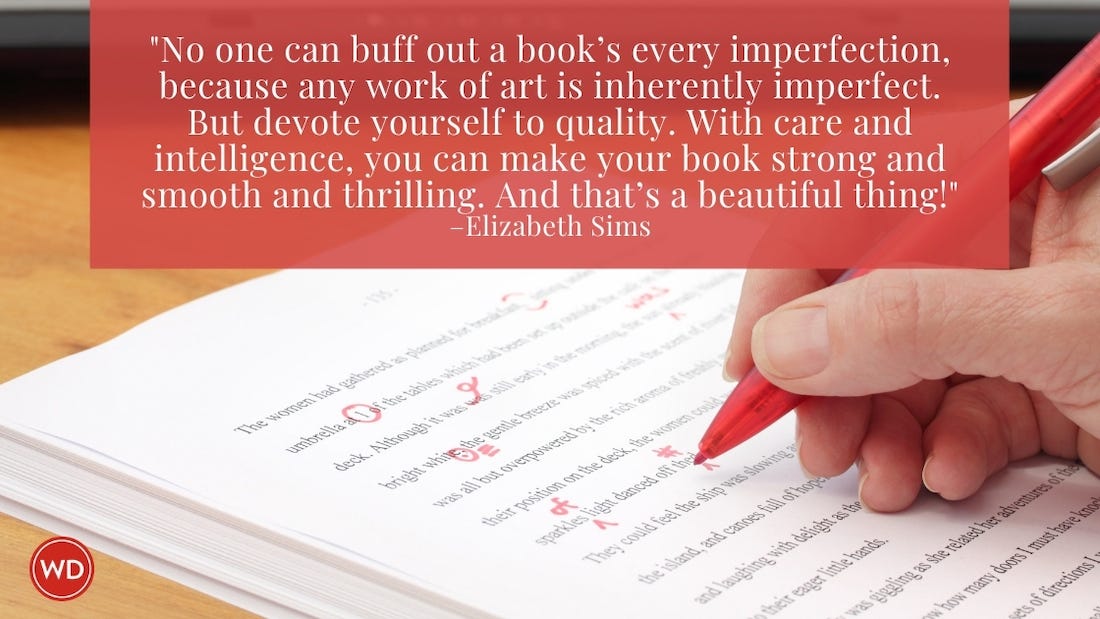3 Built-In Book Marketing Tips
How do you create an effective book marketing tool? Follow these three guidelines.
I’ve got a little secret to share. What if I told you that marketing and selling your books might be a lot easier than you think? You may not believe me, but here’s the secret. Sometimes people don’t need much convincing to buy a book. Sometimes they need only one little reason, and nothing more.
For example, how many times have you ever waited to buy a book until you could stop by a library or bookstore and read through half of the chapters first? Probably never. How many times have you ever bought a book without reading one page of it? Probably a lot. I bet you’ve even bought a book without ever holding it in your hands. That’s because you heard the author speak about it at an event or got a word-of-mouth recommendation that drove you to make the purchase online.
Many people will buy a book without ever seeing the content. They just need one convincing reason to buy. As an author, you can create these persuasive reasons that tip the buying scale in your favor. What’s the trick? Develop “built-in book marketing tools,” which are nuggets of content designed to spike reader interest that any author, including fiction, can deliberately place into a manuscript. How do you create an effective book marketing tool? Follow these three guidelines:
1. A built-in book marketing tool is a concise segment of content that provides the reader with immediate value – and I stress the word “immediate.” The user must receive direct benefit in that moment to capture his or her interest. Benefits could include learning something new, solving a problem, getting behind-the-scenes access, or enjoying humor.
2. A built-in book marketing tool must consist of specific content that the reader can appreciate as-is. The tool must be self-contained and able to provide value independent of the book itself. You don’t want your marketing tool to require another step in order for the reader to experience value, or they’ll think you’re pulling a bait-and-switch. Thus your tool won’t create the intended result to drive sales. Make sure the tool can impress people on its own.
3. A built-in book marketing tool should be written in a format that’s easy for readers to forward to others. You insert the content into your manuscript. But you will get greater response if you also turn the same tool into a separate promotional piece outside of your book, such as a handout, website quiz, free article, checklist, appendix, photo section, resource guide, etc. When you put these tools in a portable format, you enable people to spread word of mouth and drive sales.
* For a detailed list of 15 different types of book marketing tools that any author can use, check out the new resource from Writer’s Digest by Rob Eagar called Sell Your Book Like Wildfire.
Rob Eagar is one of the most accomplished book marketing experts in America. He has coached over 1,000 authors and helped both fiction and nonfiction books hit The New York Times bestseller list. His clients include million-copy bestsellers, such as Dr. Gary Chapman, Lysa TerKeurst, Dr. John Townsend, and Wanda Brunstetter. Rob is the top marketing instructor for Writer's Digest University and teaches the popular online courses, Mastering Amazon for Authors and How to Sell Books on a Shoestring Budget. Learn more about Rob and get 3 free e-books to help jumpstart your sales at: http://www.RobEagar.com








